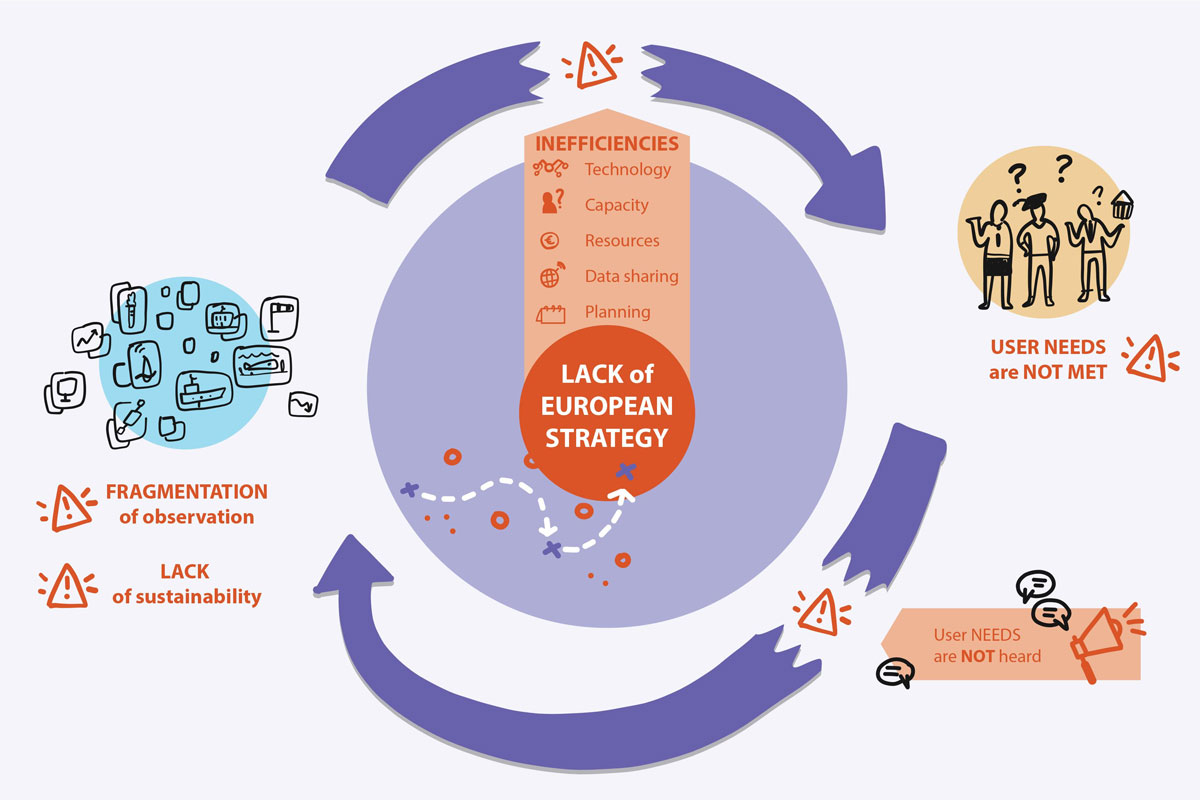

The project is also in line with South Africa’s Integrated Resource Plan (IRP), a 2019 analysis of its energy needs and costs. However, the biggest challenge is implementation, and extending the life of units and plants would require detailed technical studies, raising financing, procuring goods and services, and implementing an overhaul which could take many years.

The age of Eskom’s coal fleet makes large overhaul investments for long extension of life of the old coal plants unfeasible even though smaller investments to extend the life of some of the units for a few years may be technically and financially viable. This will be replaced with a combination of 220 MW of renewable energy solutions (including 150 MW solar PV solar and 70 MW wind) and 150 MW batteries, improving power supply and grid stability.īeyond improving supply and grid stability, the technical solutions tested at Komati can demonstrate how South Africa can integrate renewables and batteries in the national energy grid, leading to employment creation opportunities through the installation of those new technologies. The Komati power station had been operating at only 125 MW capacity since 2021.

The other eight units were taken out of operation, with some of them formally put in cold reserve mode but without adequate maintenance schedules, between February 2017 and May 2022. Only one of its units (Unit 9 with installed capacity of 125MW) was operational at the time of the shutdown on October 31, 2022. The project will finance the decommissioning of a 1 GW coal plant that is over 56 years old. Additionally, renewables will help ensure South Africa can continue to have competitive exports in the face of growing carbon tariffs (e.g., European Union’s Carbon Border Adjustment Mechanism - CBAM) and provides a significant reduction in emissions (NOx, SOx, PPM, CO 2) and water usage. Renewable solutions require less than 2-year build time (coal requires 10-12 years) after financial closure. Investing in reform that provides reliable electricity services and universal electricity access is urgently needed. Although electricity access is high compared to regional averages, about 10% of South Africans still lack access to electricity and 47% are considered “energy poor”. The current power supply gap is estimated at 4-to-6 GW causing load shedding of up to 10 hours daily, affecting people's day-to-day life and the country's economic prospects. South Africa’s highly coal-dependent power generation is aging, unreliable, polluting, and unable to keep up with demand. What impact will this project have on South Africa’s energy security? The project is financed by a $439.5 million World Bank loan, a $47.5 million concessional loan from the Canadian Clean Energy and Forest Climate Facility (CCEFCF), and a $10 million grant from the Energy Sector Management Assistance Program (ESMAP). If successful, the project could provide a blueprint for a just energy transition in South Africa and beyond. It will support its public energy utility, Eskom, to decommission the 56-year-old Komati coal-fired power plant, repurpose the project area with renewable energy and batteries, and create opportunities for workers and communities. The Eskom Just Energy Transition Project (EJETP) is a $497 million project approved by the World Bank Group in November 2022 at the request of the Government of South Africa. What is the Eskom Just Energy Transition Project?


 0 kommentar(er)
0 kommentar(er)
